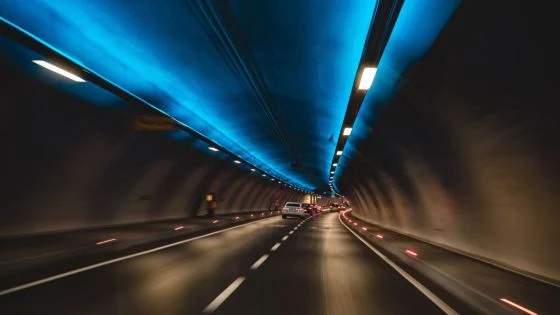Electricity is the form of energy. It is the flow of electrical power. Electricity is a basic part of nature and it is one of our most widely used forms of energy. We get electricity, which is a secondary energy source, from the conversion of other sources of energy, like coal, natural gas, oil, nuclear power, and other natural sources, which are called primary sources.
Many cities and towns were built alongside waterfalls that turned water wheels to perform work. Before electricity generation began slightly beyond 100 years ago, houses were lit with kerosene lamps, food was cooled in iceboxes, and rooms were warmed by wood-burning or coal-burning stoves. Direct current (DC) electricity had been used in arc lights for outdoor lighting.
In the late-1800s, Nikola Tesla pioneered the generation, transmission, and use of alternating current (AC) electricity, which can be transmitted over much greater distances than direct current. Tesla's inventions used electricity to bring indoor lighting to our homes and to power industrial machines.
The major objectives of this project are given below:
• Saving the non-renewable resources of energy.
• Utilization of kinetic energy of the vehicle.
• Produce electricity at a lower cost.
There major features of this project as given below:
• Generation of electricity at low cost.
• Operating cost is less.
• Stored electricity can be used for other purposes.
• Convert the totally waste energy in some useful work.
• For government economic consideration.
• Saving the other energy resources.
• It can also work at night as we have provided a storage battery.
• It can generate electricity in forward as well as in reverse direction.
• Light in weight.
The rotor (rotating shaft) is directly connected to the prime mover and rotates as the prime mover turns. The rotor contains a magnet that, when turned, produces a moving or rotating magnetic field. The rotor is surrounded by a stationary casing called the stator, which contains the wound copper coils or windings.
When the moving magnetic field passes by these windings, electricity is produced in them. By regulating the speed at which the rotor is turned, a steady flow of electricity is produced in the windings. These windings are attached to the electricity network via transmission lines.
Recommended Project: Mechanical Project on Hydraulic Brakes
Producing electricity from a speed breaker is a new idea that is undergoing research. The number of vehicles on road is growing rapidly and if we convert some of the kinetic energy of these vehicles into the rotational motion of roller then we can produce a considerable amount of electricity, this is the main concept of this project. In this project, a roller is fitted in between a speed breaker and some kind of a grip is provided on the speed breaker so that when a vehicle passes over speed breaker it rotates the roller.
This movement of roller is used to rotate the shaft of D.C. generator with the help of a chain drive which is there to provide 1:5 speed ratio. As the shaft of the D.C. generator rotates, it produces electricity. This electricity is stored in a battery. Then the output of the battery is used to lighten the street lamps on the road.
Now during the daytime, we don’t need electricity for lightening the street lamps so we are using a control switch that is manually operated. The control switch is connected by wire to the output of the battery. The control switch has an ON/OFF mechanism which allows the current to flow when needed.
This project helps to save the nonrenewable resources of power generation. The major consumption of this electricity is on the road and street lighting and other related applications. Electricity can be produced at a lower cost. Use this project report on "electricity generation from speed breakers" for your reference work only.
Author:- Deepak Agarwal, Aakar Chand, Faeem Ahmad, Vijay Pal Singh
Download
Advertisements:-








No comments:
Post a Comment